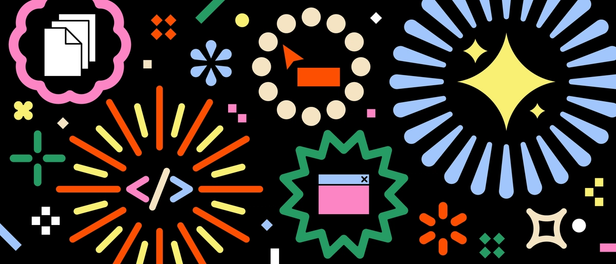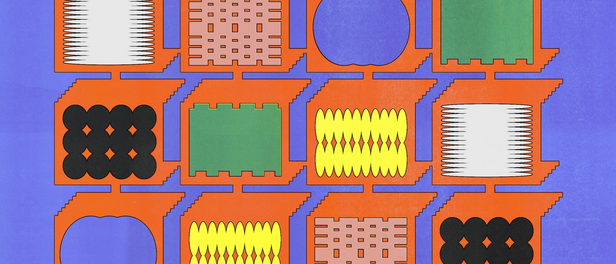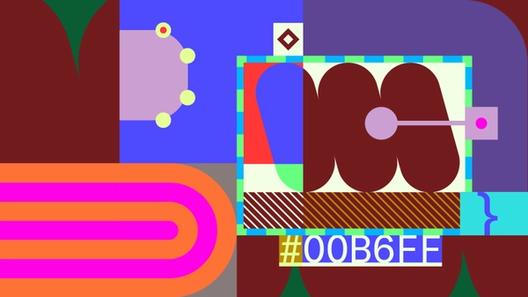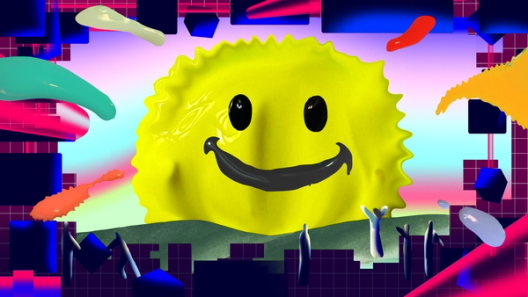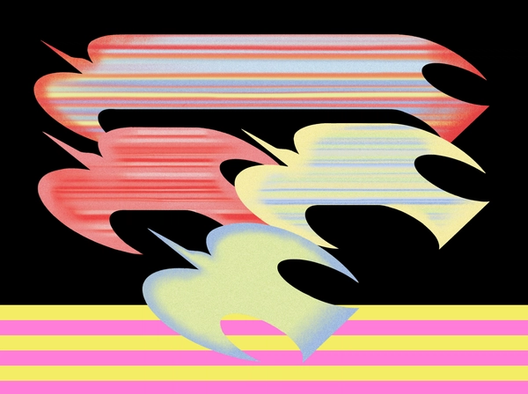Why developers should embrace creative coding again

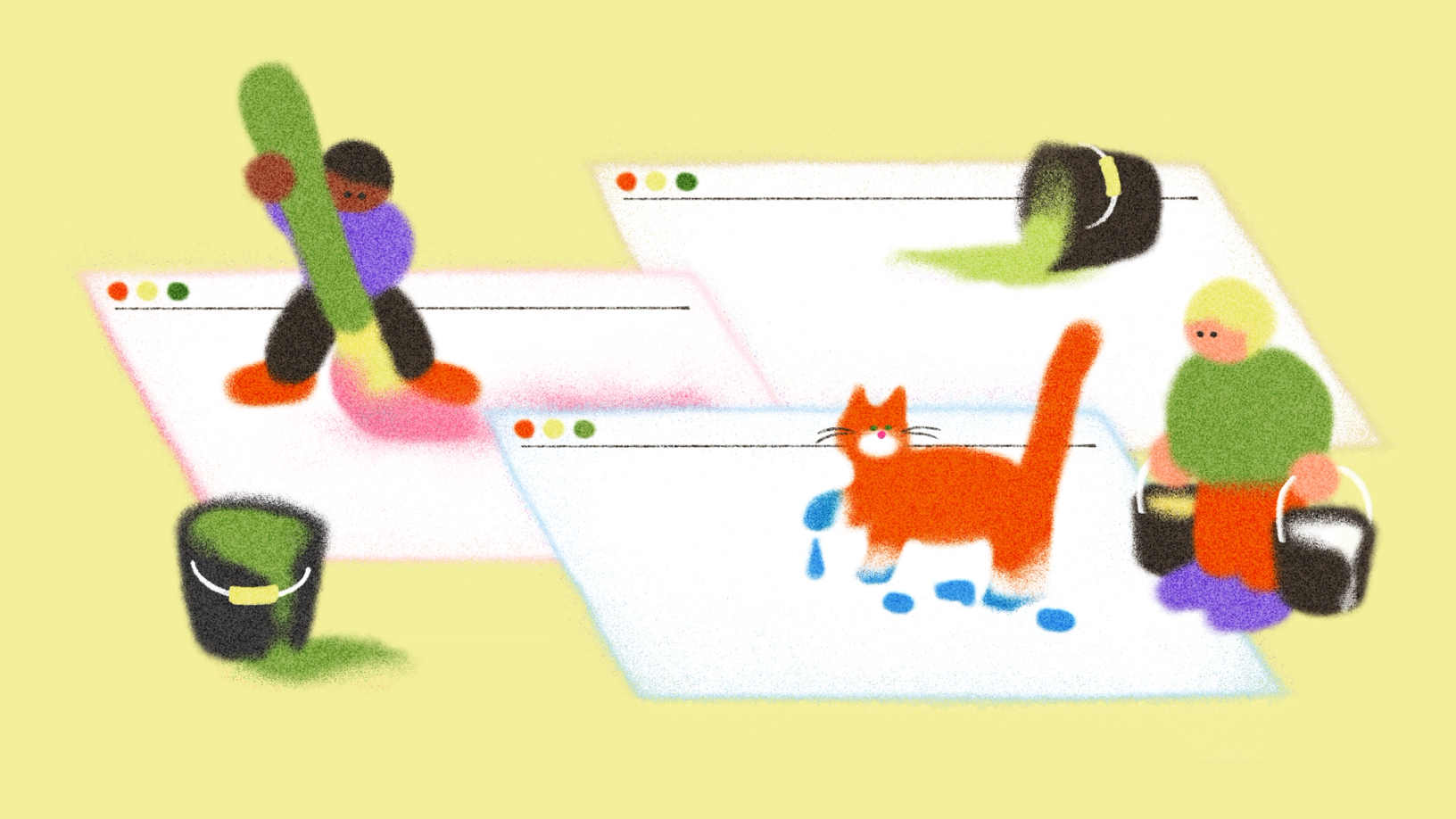
Modern browsers have evolved beyond what most design tools can do. It’s up to us to break free from templates and tap into the web’s true creative potential.
Hero illustration by Zoey Kim
When I was a budding design engineer in 2010, having a custom website meant something. It was your digital calling card—a space to showcase craft, build reputation, and attract new business. Developers like me were hired to harness the emerging capabilities of HTML5: expressive inline SVG, timeline-based animations powered by GSAP, drool-inducing WebGL experiments, and complex CSS illustrations. Demos were imaginative and irreverent and, in the evolving world of creative coding, we built not just for utility; but for expression.
When it was complex to build and manage a website, developers were your Wix, your Format, your Squarespace. Eventually, those services caught up. At the time, we protested: “Handcrafted is better!” But we had no data to back this up—just hurt feelings and a notepad full of client phpMyAdmin logins.
Templates and automation made it possible for anyone to create a site with all the bells and whistles: animated transitions, background video loops, parallax effects, and a CMS to boot. That accessibility is worth celebrating—but it also came with an unexpected cost to creativity and expression. Websites became templatized and predictable, losing their power to surprise and delight.
Now, we’ve reached another inflection point. While many designers and developers have been working within familiar constraints, browsers have undergone a quiet revolution. The web now supports features like container queries, advanced scoping and inheritance, and responsiveness to user preference. It’s gotten much more sophisticated in terms of color, typography, dynamic units, layouts, and animation. Yet so many young designers and developers I talk to as a Developer Advocate at Figma aren’t aware of these possibilities. We’re still operating within old paradigms instead of pushing the boundaries of what the browser can do.
We’re still operating within old paradigms instead of pushing the boundaries of what the browser can do.
Take color gradients as one small example of untapped potential. While we typically work with standard RGB (Red, Green, Blue) gradients, CSS now supports color spaces like HSL (Hue, Saturation, Lightness) and OKLCH. These enable more vibrant, precise color transitions. To bridge this gap between conventional tools and modern capabilities, I created a Figma plugin called CSS color-mix(). As design and development draw closer, and as more developers find space and agency in design tools, we can push our tools and platforms in exciting new directions.
Some creators are already showing us what’s possible. Creative coder Henry Desroches creates websites with the control, dimensionality, and intentionality of print design—but in a responsive environment. There’s an expressive use of white space and a tactility in how elements interact and flow together. Sarah Drasner, Senior Director of Engineering at Google, was the first to open my eyes to the future space of SVG animation and illustration on the web, while Tim Holman, Senior Vice President of UI & UX at Goldman Sachs, embodies the creative web spirit with projects like Optical Toys and The Useless Web. Web designer Lynn Fisher treats the browser as a creative medium—her illustrations transform as you adjust the viewport width. These, and many others, remind us that templates are just a starting point, not a final destination.
Websites can be more than digital business cards, service portals, or simply containers for information; they’re a space for creative expression. It’s time to revive our curiosity, embrace experimentation, and see what we can create when we push beyond templates. The tools for building a more expressive web already exist. We just need to grab hold and build.
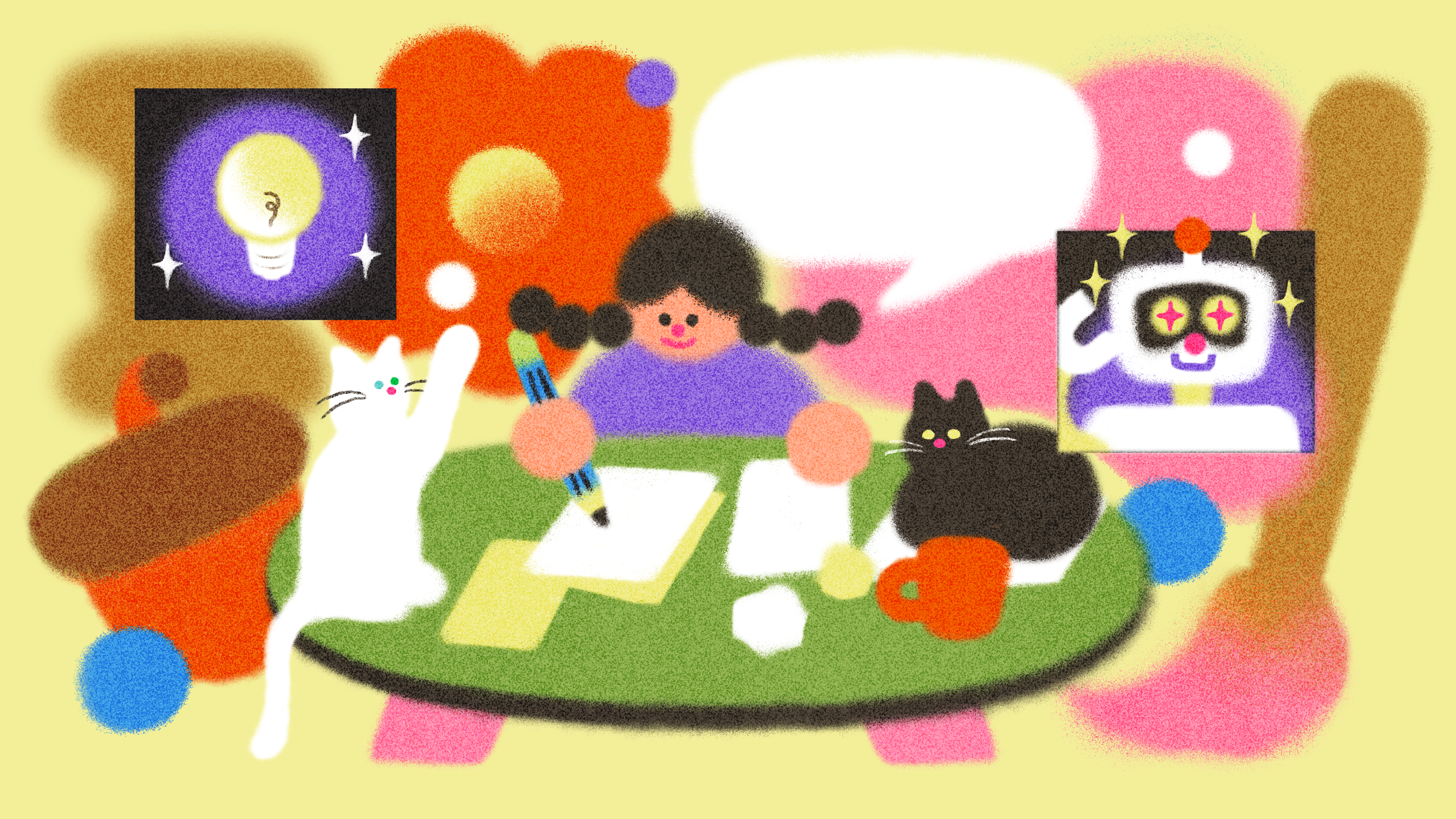
We turned six big ideas percolating around the Figma office—written from the perspective of devs, designers, analysts, writers, PMs, card-carrying generalists—and put them on record. Here’s a look at what’s on our minds for 2025.
Further reading
- “Computer Music from the University of Illinois” by Hiller, Isaacson, and Baker (1967)
- Generative art by Wikipedia (2024)
